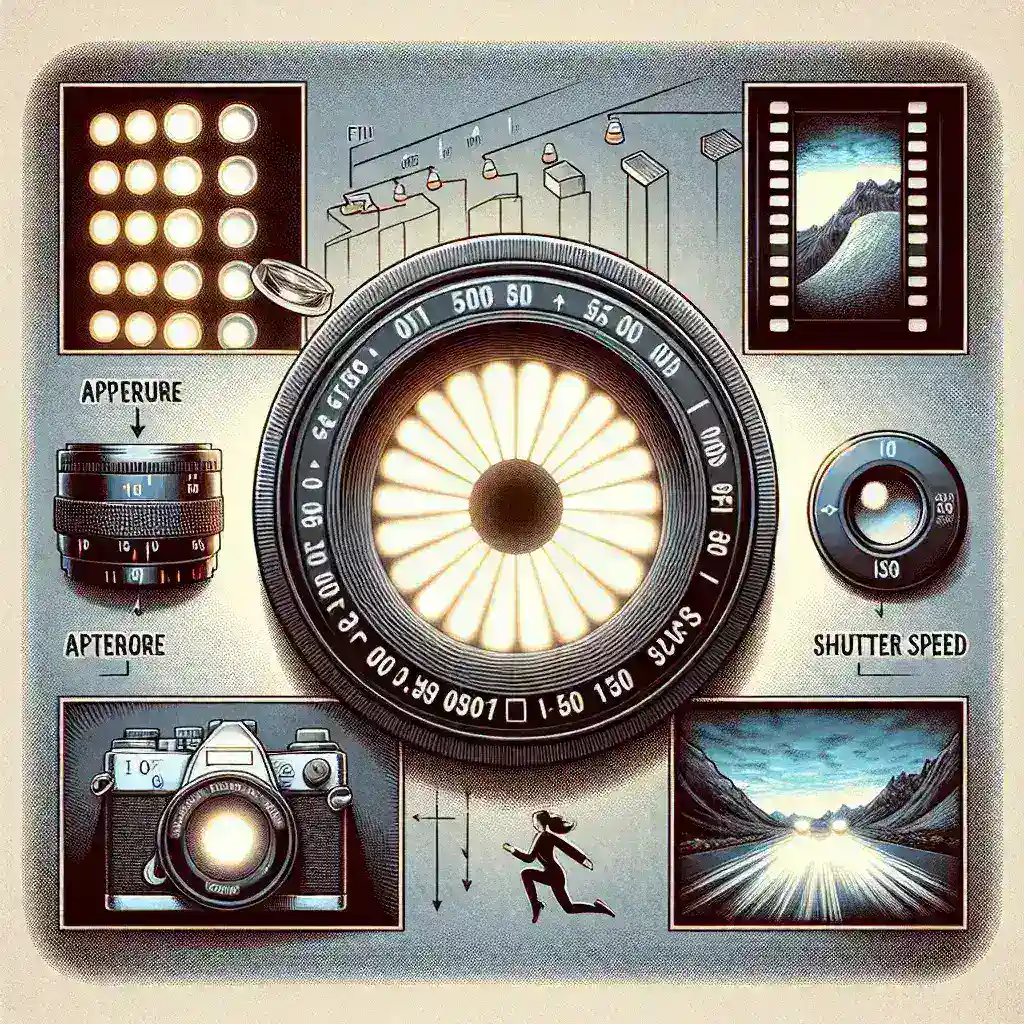Introduction
Photography is an art form that requires understanding and mastery of several technical concepts. Among these, aperture, shutter speed, and ISO are the most fundamental. Grasping these concepts will help you take control of your camera and improve your photography skills significantly.
Understanding Aperture
Aperture refers to the opening in a lens through which light enters the camera. It is measured in f-stops, such as f/2.8, f/4, f/5.6, etc. A lower f-stop number means a larger aperture, allowing more light to hit the sensor.
How Aperture Affects Your Photos
- Depth of Field: A larger aperture (smaller f-stop number) creates a shallow depth of field, blurring the background and making the subject stand out. A smaller aperture (larger f-stop number) keeps more of the scene in focus.
- Exposure: Since aperture controls the amount of light entering the camera, it directly affects exposure.
Shutter Speed Explained
Shutter speed determines how long the camera's shutter remains open to expose the sensor to light. It is measured in seconds or fractions of a second, such as 1/1000, 1/250, 1/30, etc.
Impact of Shutter Speed on Photos
- Motion Blur: A fast shutter speed (e.g., 1/1000) freezes motion, while a slow shutter speed (e.g., 1/30) can create motion blur, suitable for capturing movement or low-light conditions.
- Exposure: Along with aperture and ISO, shutter speed is essential in controlling the exposure of your images.
What is ISO?
ISO refers to the sensitivity of your camera’s sensor to light. It is represented by numbers such as ISO 100, 200, 400, etc. A lower ISO number means less sensitivity to light and finer grain, while a higher ISO number increases sensitivity, useful in low-light conditions.
Effects of ISO on Photography
- Image Noise: Higher ISO settings can introduce noise or grain into your photos. It's a balancing act to use the lowest possible ISO for the light conditions.
- Exposure: Adjusting ISO helps in achieving the correct exposure without compromising shutter speed or aperture settings too much.
Balancing the Exposure Triangle
Aperture, shutter speed, and ISO form the exposure triangle. Understanding how these three elements interact allows you to manipulate them to achieve the desired effect in your photos. Consistent practice and experimentation will help solidify these concepts and improve your photography skills.
Conclusion
Mastering aperture, shutter speed, and ISO is crucial for anyone looking to enhance their photography skills. These fundamental concepts open the door to creative control over your images, allowing you to capture the world as you see it.

